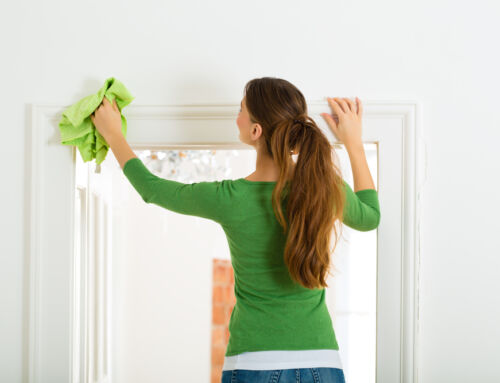
Navigating Pet Messes: Expert Advice from Lexington’s Top Cleaners
In every pet owner’s journey, dealing with messes is an inevitable part of the experience. Whether it’s muddy paw prints, accidents on the carpet, or the occasional overturned water bowl, pets can bring their fair share of cleaning challenges into our homes. Fortunately, with the right knowledge and tools, managing these messes can be a breeze. In this comprehensive guide, we’ll delve into expert advice from Lexington’s top cleaners at Top Mops Cleaning, offering insights on how to effectively navigate and conquer pet-related messes.
Types and Categories
Common Pet Messes
- Accidents: Urine and feces stains on carpets and floors.
- Tracking: Mud, dirt, and debris brought in on paws.
- Spills: Knocked over food and water bowls.
Specialized Messes
- Fur and Dander: Shedding and allergens embedded in furniture and fabrics.
- Vomit: Clean-up strategies for hairballs and upset stomach incidents.
Symptoms and Signs
Visible Signs
- Stains: Discoloration on surfaces indicating a mess.
- Odors: Lingering smells from pet accidents or spills.
Behavioral Cues
- Restlessness: Pets may act anxious or uncomfortable after making a mess.
- Avoidance: Avoiding certain areas of the house where messes have occurred.
Causes and Risk Factors
Biological Factors
- Pet Health Issues: Illness or digestive problems leading to accidents.
- Seasonal Changes: Increased shedding or muddy paws during wet weather.
Environmental Factors
- Lack of Training: Untrained pets may struggle with housebreaking.
- Outdoor Access: Pets going outside may track in dirt and mud.
Lifestyle Factors
- Busy Schedules: Limited time for regular cleaning and maintenance.
- Multi-Pet Household: Increased likelihood of accidents and messes.
Diagnosis and Tests
Visual Inspection
- Identifying Stains: Locating areas requiring cleaning.
- Assessing Odors: Determining the source of unpleasant smells.
UV Light Detection
- Spotting Hidden Messes: Using UV light to reveal urine stains not visible to the naked eye.
Treatment Options
Immediate Clean-Up
- Blotting and Absorption: Removing excess moisture from accidents.
- Spot Treatment: Using pet-specific cleaners to target stains and odors.
Deep Cleaning
- Steam Cleaning: Eliminating embedded dirt and bacteria from carpets.
- Professional Services: Hiring experts for thorough cleaning and restoration.
Preventive Measures
Training and Routine
- Consistent Schedule: Establishing regular feeding and bathroom times.
- Positive Reinforcement: Rewarding good behavior to encourage cleanliness.
Environmental Modifications
- Designated Pet Areas: Creating spaces with easy-to-clean flooring for feeding and play.
- Barrier Methods: Using mats or rugs to trap dirt near entryways.
Pet-Safe Products
- Non-Toxic Cleaners: Choosing products free from harmful chemicals for pet-friendly cleaning.
- Enzymatic Cleaners: Breaking down stains and odors effectively without leaving residues.
Conclusion
As pet owners, navigating the challenges of cleaning up after our beloved companions is an inevitable part of the journey. By implementing the expert advice provided by Lexington’s top cleaners at Top Mops Cleaning, you can tackle pet messes with confidence and efficiency. From preventive measures to effective treatment options, this guide equips you with the knowledge and tools necessary to maintain a clean and welcoming home for both you and your pets.
Stay tuned for more insights and tips from our expert team to make pet ownership a delightful and mess-free experience.
Share this article
Follow us
A quick overview of the topics covered in this article.











